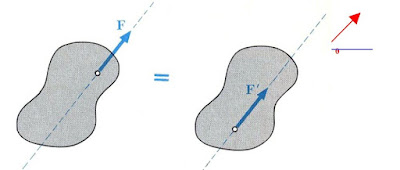Scalar quantity
Scalar quantity is that quantity which has only magnitude
(numerical value with suitable unit)
or
Scalars quantities are those quantities, which are completely
specified by their magnitude using suitable units are called scalars
quantities. For example mass, time, volume density, temperature, length, age
and area etc.
The scalars quantities can be added or subtracted by algebraic rule
e.g.7kg + 8kg = 15 kg sugar Or 4 sec + 5 sec = 9 sec
Vector quantity
Vector quantity is that quantity, which has magnitude unit of
magnitude as well as direction, is called vector quantity.
Or
Vector quantities are those quantities, which are completely
specified by their magnitude using suitable units as well directions are called
vector quantities. For example velocity, acceleration, force, weight,
displacement, momentum and torque etc are all vector quantities. Vector
quantity can be added, subtracted, multiplied and divided by particular
geometrical or graphical methods.
VECTOR REPRESENTATION
A vector quantity is represented graphically by a straight line
the length of line gives the magnitude of the vector and arrowhead indicates
the direction.
For example we consider a displacement (d) of magnitude 10 km in
the direction of east. Hence we cannot represent 10 km on the paper therefore
we select a suitable scale shown in fig.
Scale 1 cm = 2 km
So we draw a line of length 5 cm which show the magnitude of
vector quantity that is 10 km while the arrow indicates the direction form
origin to east ward as
shown in fig.
Point A is called tail that shows the origin.
Point B is called head, which shows the direction of vector
quantity.
The length of line is the magnitude of the vector quantity.
RECTANGULAR CO-ORDINATE SYSTEM
Two lines at right angle to each other are known as co-ordinate
axes and their point of intersection is called origin. The horizontal line is
called x-axis while vertical line is called y-axis. Two co ordinate systems are
used to show the direction of a vector is a plane. The angle which the
representative line of given vector makes with + ve x axis in anti clock wise
direction
In space the direction of vector requires the 3rd axis that is Z-axis. The
direction
of the vector in space is specified by three angles named α, β, and γ
with X, Y Z axes
respectively as show





No comments:
Post a Comment